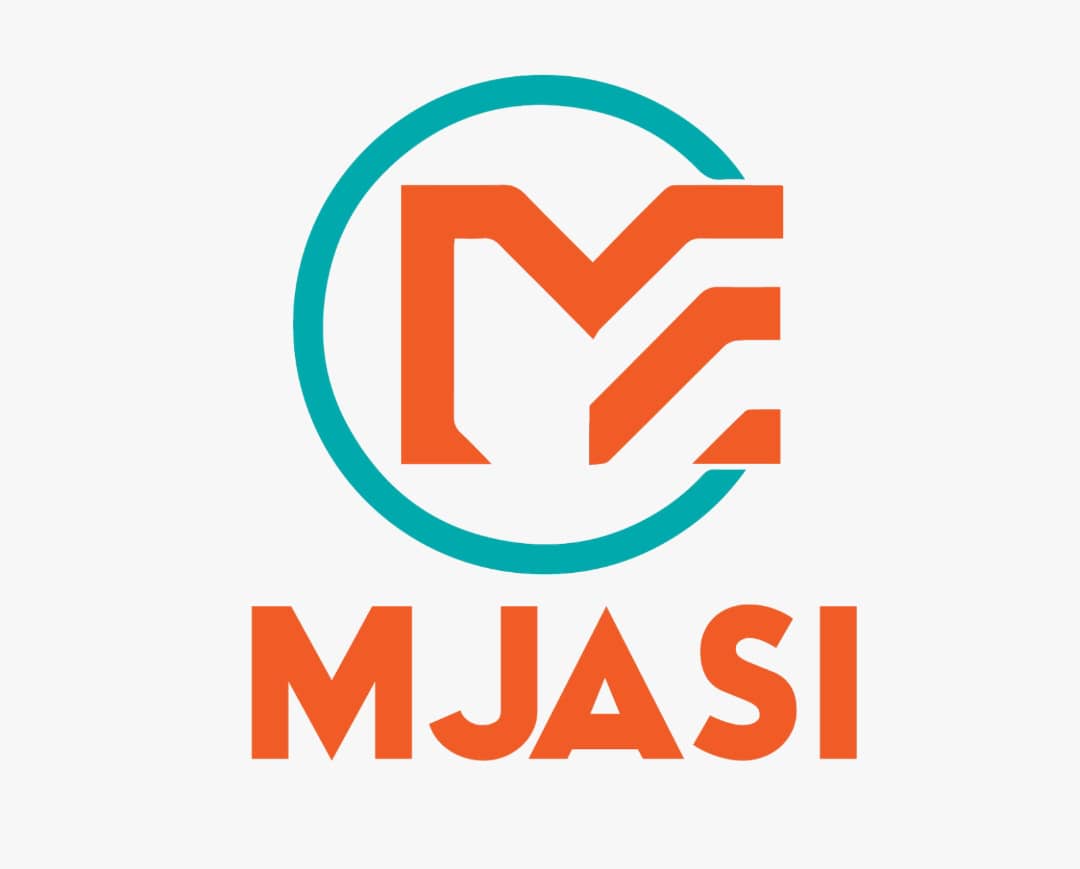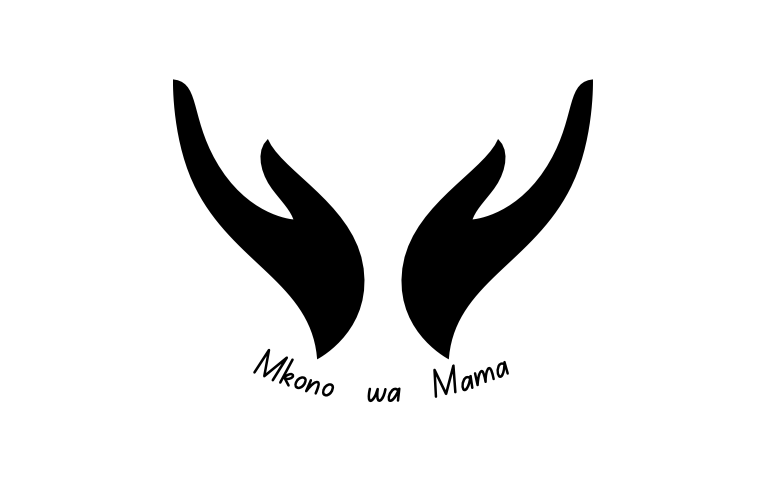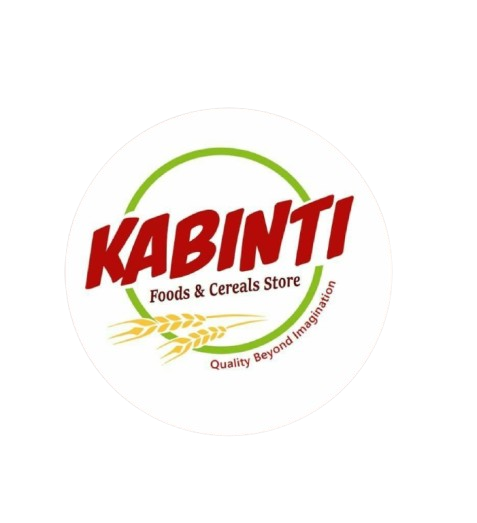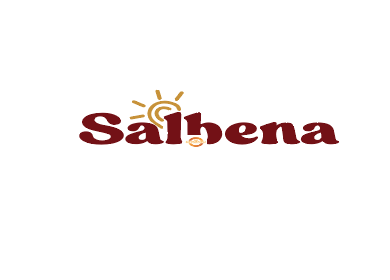Post-Harvest Management
Post-harvest losses and food waste account for up to 50 % of total produced root crops, fruits, and vegetables. Also, food losses and waste account for 30 % of cereals produced. As this needs to change, SAT has implemented the Post-Harvest Management (PHM) project in collaboration with the Institute of Science and Technology (ISTP), Helvetas Tanzania, the University of Zurich (UZH), and the Sokoine University of Agriculture (SUA).
We have accomplished great results
2000 hermetic bags distributed
180 farmers trained
The project aims to build the capacity of farmers' Training of Trainers (ToTs) on post-harvest management knowledge, skills, practices, and practical use of hermetic bags. So, later they can impart similar knowledge, skills, and techniques to fellow farmers and selected farmer groups in villages in Morogoro (Mvomero and Gairo districts) and Dodoma (Chamwino and Kongwa districts). The purpose is to have a relatively faster multiplier effect on the PHM knowledge among farmers, thus reducing the current observed grain post-harvest loss levels substantively through the promotion of knowledge and adoption of the use of hermetic bags as a reliable technology for grain storage. This will also ensure the availability of enough healthy food in the respective areas.
Train the trainer
In March 2022, the first four batches of farmers – a total of 180 – participated in a three-day training at the FTC. Apart from the PHM knowledge, the participants learned how to maintain the quantity and meet export grades and quality standards of Tanzania for agricultural products with the effect of increased income. The farmers, yet-to-be trainers, agreed that during the training, their mindset changed. Furthermore, after returning to their villages and farms, using hermetic bags was perceived as positive as it prolonged the shelf life of their stored grains. Thus, they have enhanced their knowledge of general PHM and are well-equipped to apply it. Also, they can transfer the knowledge they have acquired to their fellow farmers.
Are you interested in learning about PHM and becoming a trainer? Just check out our course.
The PHM project is implemented in collaboration with the Institute of Science and Technology (ISTP), Helvetas Tanzania, the University of Zurich (UZH), and the Sokoine University of Agriculture (SUA).
The use of hermetic bags is kindly funded by Liechtenstein Development Service (LED) and Symphαsis.



Business Name: KilimoFocus and Consulting
Founder / Owner Name: Rebeca Andrew
Location: Dar es Salaam
Products/Services: The enterprise sources, packs, brands, and supplies food products to supermarkets and retail stores and provides consultancy services for agricultural projects
Instagram: @kilimofocustz

Business Name: Healthy Dried Food Tanzania
Founder / Owner Name: Oliver Kavishe
Location: Bagamoyo, Pwani
Products/Services: Snacks and food items such as dried fruits and vegetable powders
Instagram: @dried_foodtz

Business Name: Mamahealth Enterprises
Founder / Owner Name: Aslatu Nguku
Location: Dodoma
Products/Services: Preserving fruits and vegetables into healthy snacks and flours
Instagram: @mamahealthtz

Business Name: LPHQ Enterprise
Founder / Owner Name: Angelina Sylvester Hillu
Location: Iringa
Products/Services: Tomato wine
Instagram: @elitewinetanzania

Business Name: Golden Key Organic Processor
Founder / Owner Name: Farida Salehe Nassoro
Location: Dar es Salaam
Products/Services: Health and beauty products made from pure natural plants
Instagram Account: @fora_products

Business Name: Mamabora Food Products
Founder / Owner Name: Rose Mjuni
Location: Arusha
Products/Services: Nut butter with chocolate
Instagram Account: @mamaboranuts

Business Name: Mjasi Enterprises
Founder / Owner Name: Eva John
Location: Dar es Salaam
Products/Services: Ground, beetroot, carrot, coconut, potatoes
Instagram Account: @mjasienterprises_tz

Business Name: Mkono wa Mama
Founder / Owner Name: Ketteneema Lukindo
Location: Dar es Salaam
Products/Services: Fruits Candy and Pastes
Instagram Account: @mkonowamama

Business Name: Kabinti Products
Founder / Owner Name: Sarah Benard
Location: Ilboru, Arusha
Products/Services: Porridge Flour and Pumpkin Seeds Flour
Instagram Account: @kabinti_products

Business Name: Salbena Investment Company Limited
Founder / Owner Name: Simon Majeni
Location: Dar es Salaam
Products/Services: Organic honey
Instagram Account: @Salbenahoney

Business Name: Cocozania Group
Founder / Owner Name: Masome Daniel Kulwa
Location: Dar es Salaam
Products/Services: Virgin coconut oil, blended coconut oil, coconut biscuits, coconut powder
Instagram Account: @Cocozania_Official

Business Name: Nita Food Products
Founder / Owner Name: Lilian Mmbando
Location: Arusha
Products/Services: Nutritious seeds
Instagram Account: @nitafoodproducts

Business Name: Rejuvenation Food Africa limited
Founder / Owner Name: Anne Outwater
Location: Dar es Salaam
Products/Services: Ice cream from wild fruits and honey
Instagram Account: @zaidiicecream





